(aka Calyptorhynchus funereus)
See: White, N.E., M.J. Phillips, M.T.P. Gilbert, A. Alfaro Nunez, E. Willerslev, P.R. Mawson, P.B.S. Spencer & M. Bunce, 2011. The evolutionary history of cockatoos (Aves: Psittaciformes: Cacatuidae). Molecular Phylogenetics and Evolution, 59 (3): 615-622.
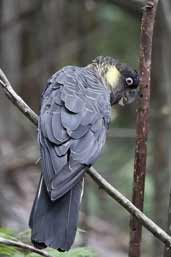
February / April 2006
The Yellow-tailed Black-cockatoo is distributed in south-east Australia from the Eyre Peninsula, SA, round to east-central Queensland and in Tasmania. They are found in forest, woodland and coastal heath.
We came across the first birds (photos 1 and 2) on Mt. Wellington near Hobart, Tasmania. There was an almost unearthly and very loud ripping sound and, in my ignorance, I was expecting to see some large marsupial as I cautiously made my way towards the noise. Instead we found a group of four birds ripping the bark off the trees to get at the insect larvae underneath.
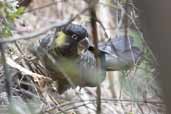
There are 3 sub-species: C. f. xanthonota in Tasmania (photos 1 and 2), C. f. funerea east of Melbourne (photos 3 and 4) and C. f. whiteae west of Melbourne (photos 5 and 6). There is not much obvious difference between the sub-species but the nominate is larger in the wings and tail while whiteae has a wider bill.
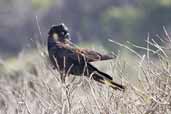
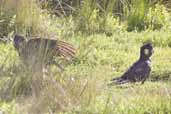
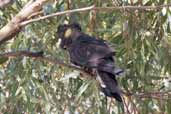
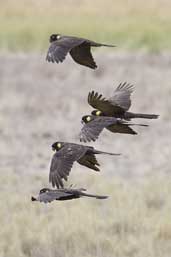
| Previous Page | Back to Index | Next Page |